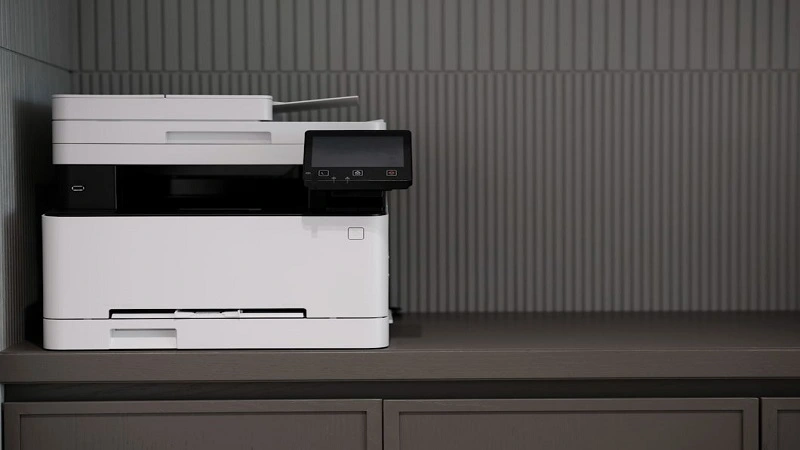Even with the growing popularity of email and instant messaging, faxing continues to be crucial in numerous business sectors, particularly where secure document transmission and signatures are needed. Fax APIs have brought this traditional method into the digital age, integrating it smoothly into current digital workflows and combining the best aspects of both technologies, for developers and businesses aiming to utilize this integration, grasping the intricacies, choosing the appropriate fax API, and implementing it correctly can significantly streamline operations and boost efficiency. Keep reading to discover how your business can harness the power of fax APIs.
Understanding the Basics of Fax API Integration
Fax APIs act as a link between traditional fax systems and modern digital platforms, enabling programmable fax sending and receiving capabilities within software applications. By incorporating a fax API, developers can integrate fax functionality directly into their applications, removing the necessity for separate fax machines or manual faxing processes. Some advanced fax APIs even offer QR code solutions, allowing users to quickly access or share fax documents by scanning a code with their smartphone.
The integration process usually requires setting up an account with a fax API provider, obtaining an API key, and incorporating this key into the application’s backend code. Once configured, the fax API communicates with the service provider’s infrastructure to manage fax transmissions.
By understanding the technical requirements and features of a fax API, developers can create custom solutions tailored to their specific needs. Whether it’s for sending mass fax broadcasts or securely receiving sensitive documents, the API can be customized to perform these tasks efficiently.
Selecting the Right Fax API Service for Your Business Needs
Choosing the right fax API is vital for ensuring seamless integration and reliability. When selecting a service, consider factors like the API’s ease of use, compatibility with existing systems, scalability, and cost.
Best Practices for Sending and Receiving Faxes via API
When integrating fax services through an API, prioritizing security is crucial. It starts with selecting a robust API, as outlined earlier, and includes implementing stringent authentication and authorization protocols. Measures such as two-factor authentication and restricting access to authorized personnel help mitigate risks of unauthorized data exposure.
Data encryption is equally important, both in transit and at rest. Choose a fax API provider that offers high-level encryption standards to protect sensitive documents from being intercepted or exposed during the faxing process.
Regularly tracking and logging fax activity is another best practice that can enhance security. By keeping detailed records of sent and received faxes, businesses can audit and review fax transmissions for compliance purposes and pinpoint potential security breaches. Automated notifications for atypical activities can serve as an advanced alert system for potential security concerns.
In essence, adopting and overseeing a fax API can transform conventional faxing methods by seamlessly incorporating them into contemporary business workflows. Embracing this technology enables businesses to remain cutting-edge in secure document communications.
